What Vegetable Seeds Do I Plant In March
These are the vegetable seeds I plant in March in my raised garden boxes because they can handle the cool temperatures where I live. We are hopefully past the freeze temperatures, but Southern Utah has been known to have snow in April. I recently added some fresh soil and some Earthworm Castings Organic Fertilizer I’m so grateful I had a strong young man in the neighborhood to haul the 23 HEAVY bags to the backyard. I had to make two trips with my Honda CRV, but the people at Home Depot rock for loading the bags in the back of my car. Who needs a truck, right?
I bought Miracle Grow vegetable soil in bags that filled all seven raised garden beds. It’s such a great feeling knowing I have the soil and it’s prepped ready to plant seeds. I only buy Non-GMO Heirloom seeds. I was hoping to support some of our local nurseries here, but they do not sell them so I ordered them online.
The potato seeds to purchase online are not available yet, but they sell out fast so I will be checking every day for my favorite ones. I purchased my seeds from this company: SeedsNow I’m in Zone 8a for planting temperatures. They have a lot of information on zones so you can check to see which zone you are located in to plant safely. The average last frost for my zone is March 15th, this is why I needed to get my soil prepped this week. Yes, I prepped it last Fall as well.
Plant In March
Basil
Basil will grow just about anywhere. Plant the seeds 1/2 inch deep and about 12 inches apart. These plants can grow very tall, so keep that in mind when planting. Basil grows like a weed so keep on top of clipping the leaves. No worries if you see the top of the plants go to seed, clip them down. I promise they will grow back if the weather is still warm.
Make sure there is no danger of frost before sowing the seeds into the ground. Basil thrives in warmer weather. Basil can be grown indoors year round if desired. Once the plants reach about 6 inches tall start cutting back the tops so they will branch out and produce more leaves.
Beets
You will plant your beet seeds 1/2 inch deep and about 4-6 inches apart with rows 12-18 inches apart. The seeds will germinate in 7-21 days. The temperature required for germination is 50-70 degrees. The plants will grow about 12 inches tall. Once they grow about 4-6 inches high, you will need to thin them to about 1-1/2 inches apart. Beets love cool weather and grow best when the weather is 65 degrees.
Once you see the roots of the beet pop through the ground be sure and mulch around the bases to keep the beets from becoming tough. The greens are ready to eat in about 35 days with the beets themselves take about 60 days to grow from the date of planting.
Bush Green Beans
I buy bush green beans because they are easier for me to handle when I pick them. I plant the seeds directly into the ground when the weather is about 75 degrees. Beans do not do well in wet cold weather. They are subject to mold, just giving you the heads up here. I plant the beans 1-1/2 inches deep, two inches apart and rows at about two feet apart.
I stagger the bean planting because typically bush beans have a good two-week harvest when fully mature. This way I can have green beans all summer. I “thin” the plants so they produce more beans. They are ready to pick after about 50 days when the pods are strong and snap in half when picked and “snapped.” It’s so fun to sit around and “snap” green beans before you pressure can them. Of course, fresh green beans rock!
Carrots
I love love love freshly picked carrots. They are easy to grow in the ground by sowing the seeds in a very shallow row about 1/4 inch deep, and they germinate quickly when you keep the seeds moist for a few days. I space my carrot rows about 12 inches apart and thin the plants as needed to about 2-4 inches apart. I try really hard to space them so I don’t waste any seeds, but they are so tiny!! Here again, I stagger the planting so I have carrots all summer, or until it gets too hot here in Southern Utah.
Carrots mature in about 60 days, or when the “crown” of the carrot shows up in the dirt. You can pick them earlier than 60 days if you desire. I like young thin sweet carrots.
Cilantro (aka Coriander)
Oh my gosh, my mouth is watering for fresh Cilantro. Here’s the deal with Cilantro, you have one harvest so be sure and stagger your plantings. In late winter we can plant Cilantro about 1/2 inch deep every 30 days so you have a continuous crop all summer. The seeds can germinate at 60 degrees, which is awesome for Southern Utah. Space the seeds about 8 inches apart and they will germinate in 10 days. I love seeing the little sprouts!
You can pick the leaves as soon as you see the plants are large enough to harvest. Please remember that some Cilantro will grow to be about 2 feet tall. Once it goes to seed, replant after harvesting the leaves. You can harvest the entire plant. I like to break off or cut the leaves as they grow. Once the weather gets too hot, the Cilantro will not do well.
Cucumbers
I decided to plant seeds this year directly into the ground rather than transplanting some seedlings. The weather is pretty good right now so I planted the seeds 1/2 inch deep and 24 inches apart. They will germinate in about 7-21 days depending on the weather. We need the temperatures to be 75-85 degrees.
One plant per square foot works really well. Here again, I buy bush cucumber bushes because they are easier to handle in my raised beds. This is crazy, but cucumbers can double in size in just one day. Pick daily when you see they are ready to eat. They get bitter when they become too large and pithy. One plant will typically produce 10-20 cucumbers each, depending on the kind you buy.
Lettuce
I plant my lettuce seeds about 1/4 inch deep, and I’m here to tell you it’s hard because they are so tiny, and I mean tiny. The seeds will germinate in about 7-14 days if the temperatures are 40-80 degrees. Here again, stagger the plantings so you will have never-ending lettuce. Cut the leaves and most will grow back. Make rows about 12-18 inches apart. Clip the lettuce leaves before they get too large and become bitter.
Lettuce does poorly in hot weather so enjoy it while you can when the weather is cooler. If you plant the “heads” closer they will be smaller but are great for small families.
Spinach
I buy so much spinach throughout the year and freeze it whenever I can for my breakfast smoothies. So when I can plant some seeds, I love it! I plant the spinach leaves about 1/4 inch deep and they are very tiny as well. Spinach is a cool-weather vegetable. Space the plants about 3-8 inches apart and thin the seedlings when they start to sprout. The seeds will germinate in a range of 50-85 degrees. Keep the seeds in the rows moist and fertilize them with a high-nitrogen product.
Spinach will grow back like lettuce, so keep that in mind. Stagger your plantings so you will have continuous harvests.
Let me know what you plant in March, I would love to hear from you. Here’s to being self-reliant. May God bless you and your family to grow a huge harvest!
Copyright pictures:
Garden with water can: AdobeStock_64327107 by Coco

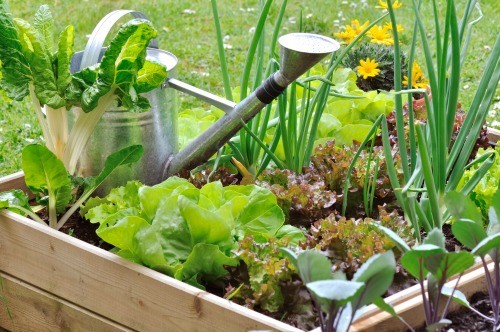

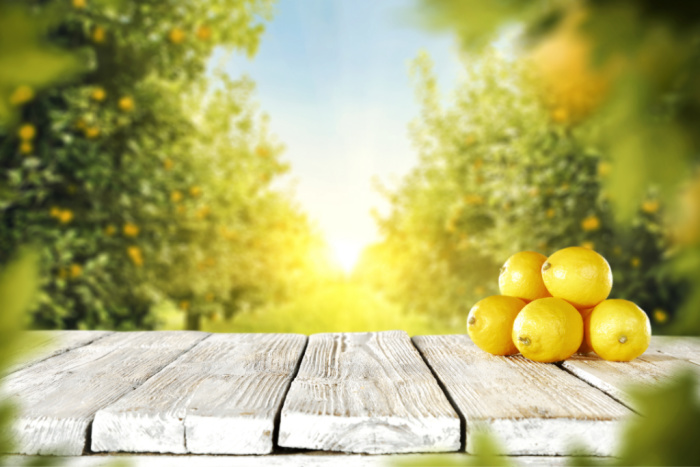
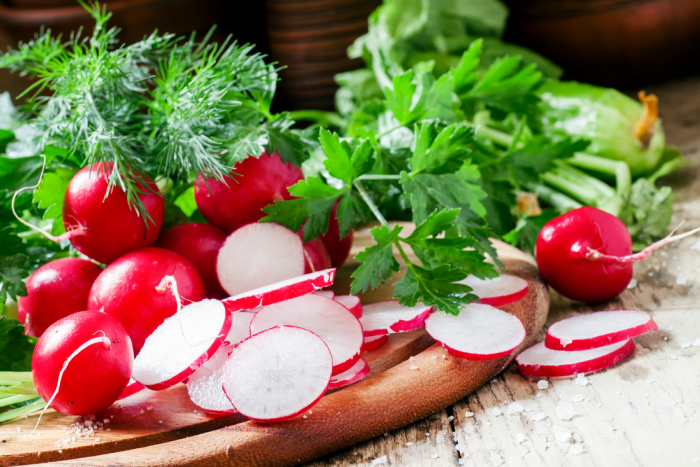
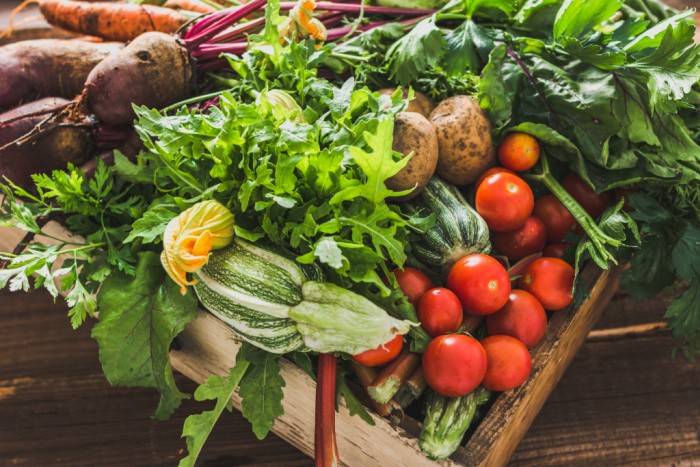
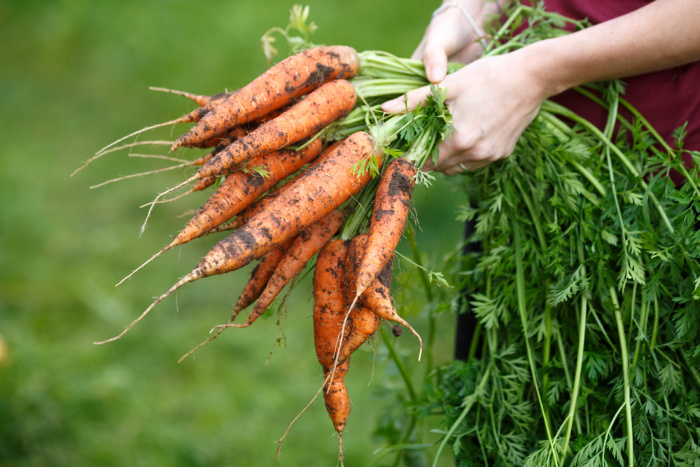
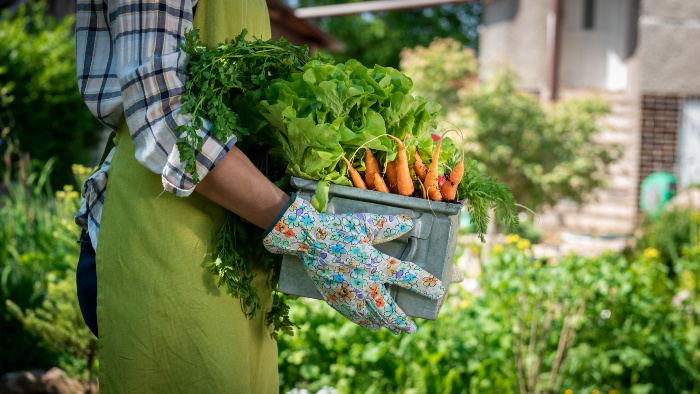
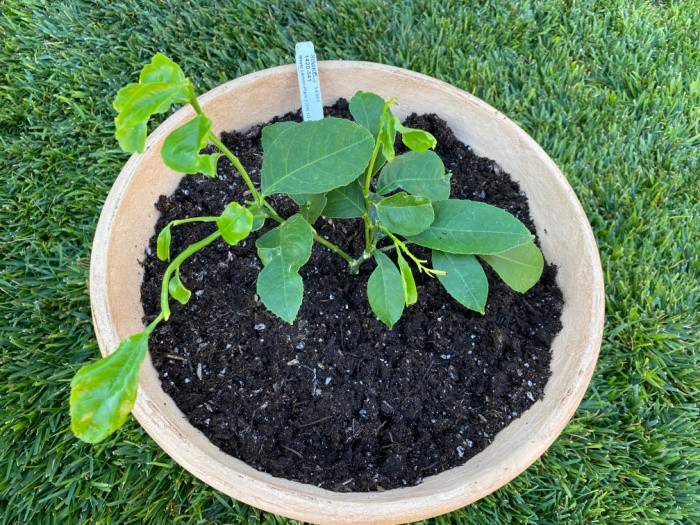
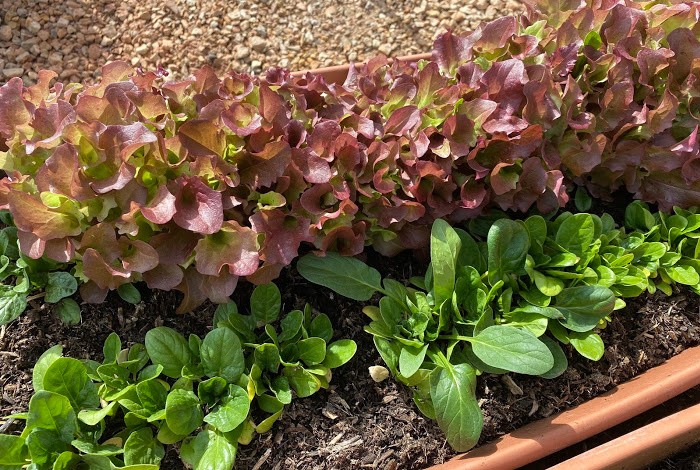
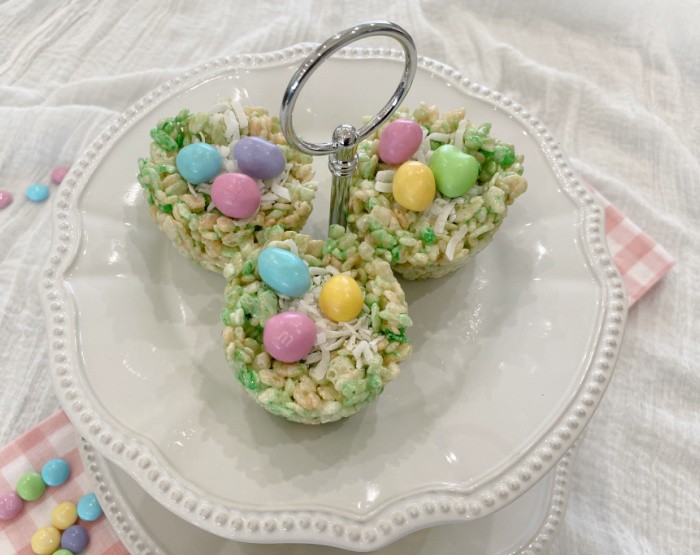
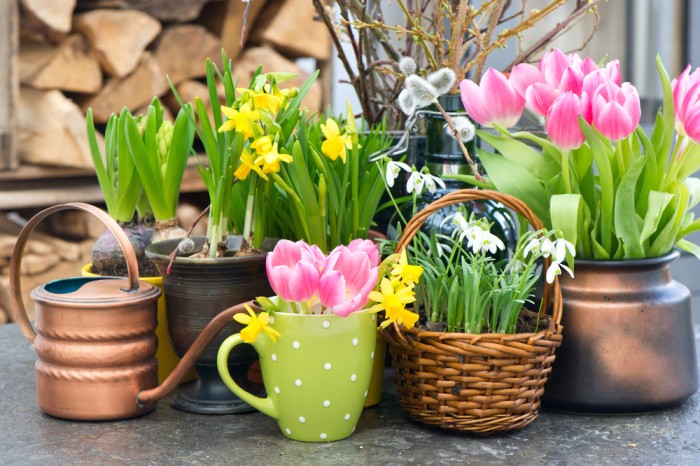
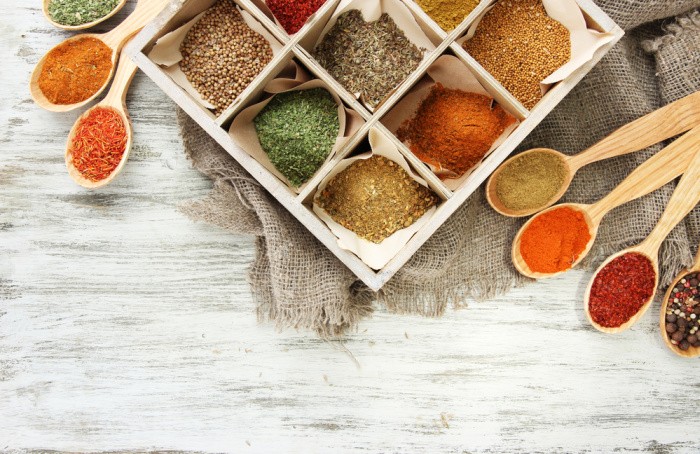
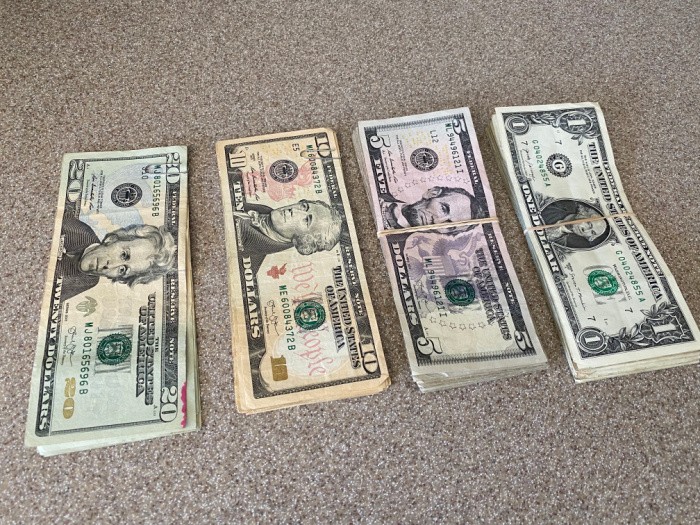

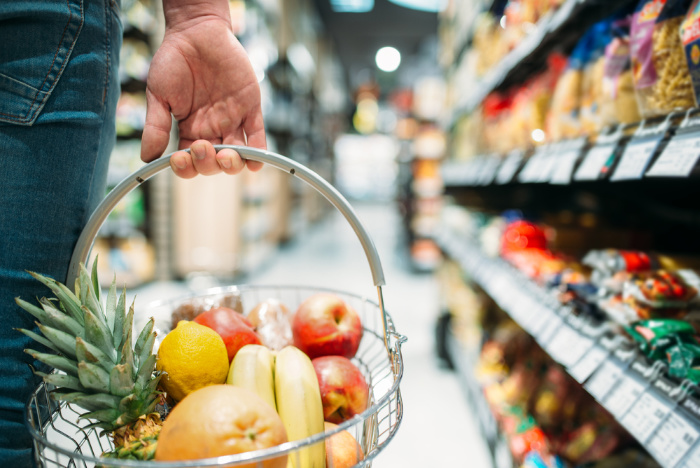
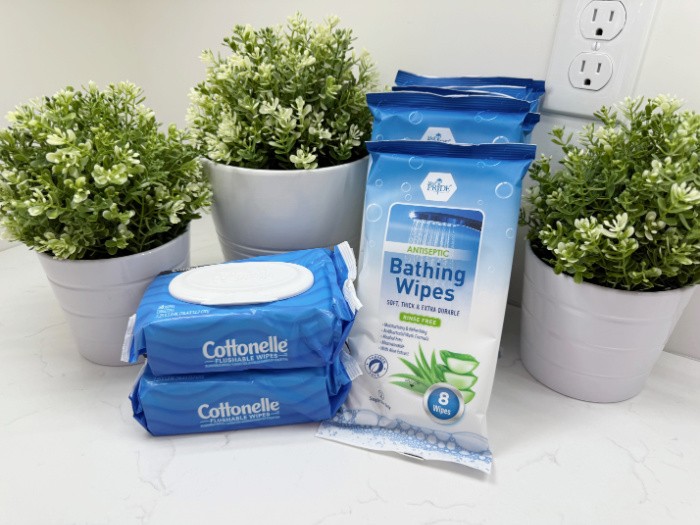

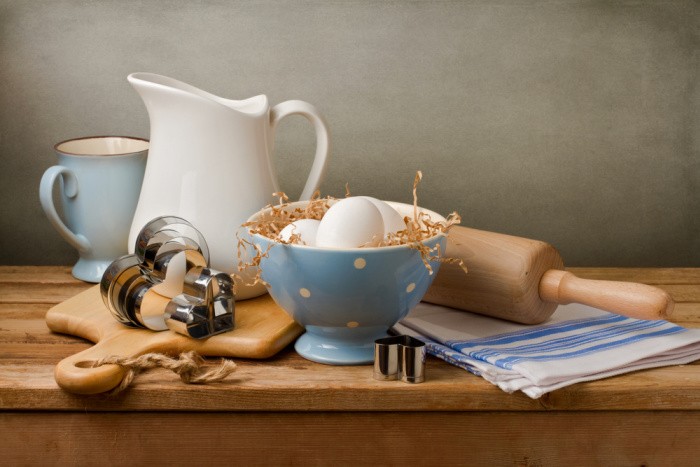

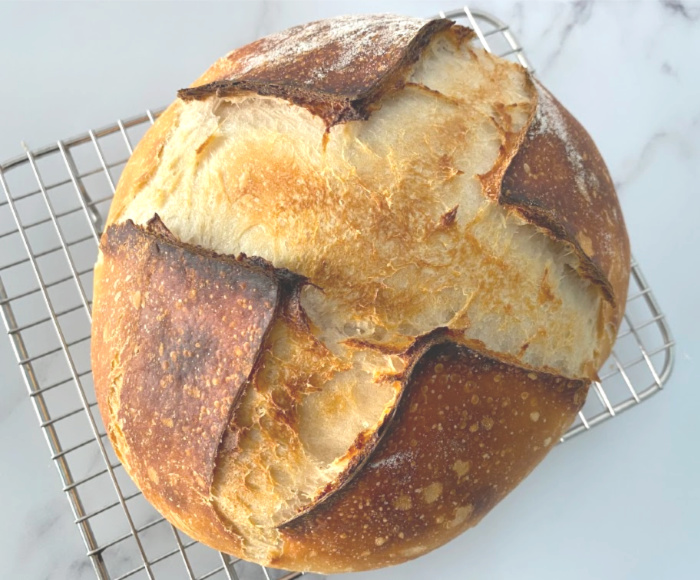

Living in the Midwest my family plants just a little different. Growing up my mom ALWAYS planted the lettuce
on top of the snow. I remember seeing her out wrapped up in a coat and gloves and sprinkling lettuce
seeds on top of the snow. We always had a huge batch of lettuce early in the spring. I try to keep up with
planting early but lately we haven’t had a lot of snow so I just sprinkle on top of the ground I have cleared off and worked up.
I always remember my mom planting pea’s. When I was growing in we mixed the pea’s with something
to help them grow but since we don’t do that anymore I forget what it was. But we use to sit and shelled the peas and of course chase them across the house or yard depending on where we shelled them. Oh I miss doing that with her.
The thing your mom mixed with the peas was probably pea innoculant. It’s a good idea no matter where you garden.
Hi Raymond, thanks for the tip my friend! Linda
Hi, June, I love your comment, oh, the memories!!! I wish I had heard about seeds on top of the snow, I would have done that! I loved sitting around with my girls with freshly picked peas. What joy it brings when they help plant them! Linda
Linda,
I’m in zone 8a or 8b depending on who y0u ask (NW AZ at 3750′). My Purple Queen garlic has done beautifully over the winter though my onions never came up. On Feb 3, in three of my raised beds, I planted Scarlett Nantes, Kuroda, Little Finger and Short n Sweet (a non-heirloom variety my wife loves) carrots. Detroit Dark Red beets and New Brunswick Cabbage and Bok Choi went in along with Purple Top White Globe, Shogoin, Boule d’Or and White Egg turnips, De Ciccio broccoli, Malabar Spinach, Mammoth Melting Snap Peas, Green Arrow Peas and Crisphead Lettuce.
The weather had been in the low 70’s right up to the day I planted everything–then Winter appeared out of nowhere and nighttime temps dropped so low I finally had to cover my low hoop houses with plastic to prevent plants from freezing. The cold lasted for the rest of February and prevented germination of everything but the turnips and cabbages.
Everything is up now and doing well but it took five weeks from when they were planted for the soil to warm up enough for them to germinate. The lessons I learned from this are to use black plastic mulch to warm up the soil prior to planting and to keep the hoop houses covered so the sun will warm the air inside to create a favorable microclimate for early season germination.
On Feb 9, my wife planted tomatoes, watermelon, dahlias and cantaloupe inside on our window sill. They are all up and growing well, looking strong and healthy–though I’ve cautioned her they shouldn’t go outside until late March and maybe even mid-April. We’re transplanting them into much larger containers in the meantime so they can continue to develop. She plans to grow all of these crops in large, deep containers when they go outside.
On Feb 12, I added a few more Purple Passion Asparagus plants to my existing bed and did the same for the Jersey Knight asparagus bed.
The seed potatoes I ordered didn’t arrive until March 4, and I finally got them planted on March 8. I planted long season, indeterminate, varieties Kennebec and German Butterball, in grow bags and will mound them with straw as they grow. I also planted Kennebec’s in a wire/straw tower I just built. The Early Ohio potatoes are a short season determinate variety I planted in trenches in one of my raised beds. I will also mound them to delay maturity and allow the spuds they form to get larger before harvesting them in late June and re-planting more long season potatoes for an early fall crop.
Today, March 11, I’m starting a few summer crops with heirloom seeds I purchased from Seed Treasurers (Jackie Clay Atkinson’s homestead heirloom seed company). I’m starting them inside. I’ll grow a beefsteak tomato called Bill Bean. Beefsteak tomatoes are very hard to grow in my area because of cracking caused by inconsistent watering–not my fault. Sometimes it rains hard and they split open–but I’m not giving up and this variety is supposed to be resistant to cracking. I’m also starting Granite Mountain muskmelon, Seneca Sunrise Corn and Candy Mountain Corn. The corn varieties are supposed to be very early maturing, so maybe this year I’ll finally get a corn crop before the corn ear budworm shows up.
This year I’m trying the three sister method in two of my raised beds. Once the corn is up and doing well I’ll plant Anasazi Pole beans (more of a semi-pole bean as they only get 5-6 feet tall), and when the beans are up I’ll plant Suyo Long Cucumber or Hopi Pale Grey squash as the third sister. All of these seeds except the Anasazi beans and Candy Mountain corn I got from Jackie.
Sorry this was such a long post but I hope others can learn from my experience.
Oh, Raymond, I love your comment, did you make the hoop houses? I have been wanting to make them or buy them to extend my growing time here in Southern Utah. Thanks for all your tips and varieties of vegetables you recommend. I’m going to order some seeds from Jackie, thanks again for tips that will help all of us be self-reliant. I LOVE it! Linda
A neat trick for planting tiny seeds like carrots is to mix the seeds with some sand, make a drill where you want them to grow and then just drizzle the sand /seed mix in. The sand will space your seeds for you!
Hi Diana, oh, I love this trick! I’ll be planting carrots in the next few days. Great tip! Thank you! Linda
I am in No. Utah – zone 5. It is snowing outside for which we are all grateful as it has been a very dry winter. We rely on mountain snowpack to fill the reservoirs as Utah is a desert and the 2nd driest state so without snow they put water restrictions on irrigation water (for yards/gardens) and it is miserable.
When the snow melts and the ground is workable (not frozen) then I can plant, lettuce, spinach, carrots, and peas – the cool season crops. I need to spray the peach trees with dormant oil before they bud out. We can’t plant anything that freezes until after Mother’s Day such as tomatoes, peppers, and melons. Since that is late I have to set out plants – either purchased or ones that were started indoors 6-7 weeks earlier. Basil is the wimp of the garden and if it even thinks cold touched it then it will go black so plants are set out in June. Some things don’t do well until the soil warms up such as corn, green beans, and peppers. The seeds have rotted at times from planting too soon. A good soil thermometer solved this problem. I can heat the soil quicker by putting black plastic on top which also helps burn out any early weeds.
I am now using 8’x3’x2′ hi animal troughs we got as seconds (cheap as they leaked) to which we added more holes and some sand in the bottom for drainage. They were set on top of leveled ground, topped by weed fabric and several inches of sand. We filled them with good topsoil & compost. My older body/back is loving gardening in these! They are easy to weed and harvest. Everyone who walks by pulls a weed that pops up when still tiny (very satisfying) so I’ve never had such a gorgeous, weed free garden. With 16 of them It is also the biggest garden I’ve ever had! . . . and wish it was bigger it is so easy!
Hi Kay, oh I would LOVE those!! I LOVE to garden more than anything, this is a dream! Linda